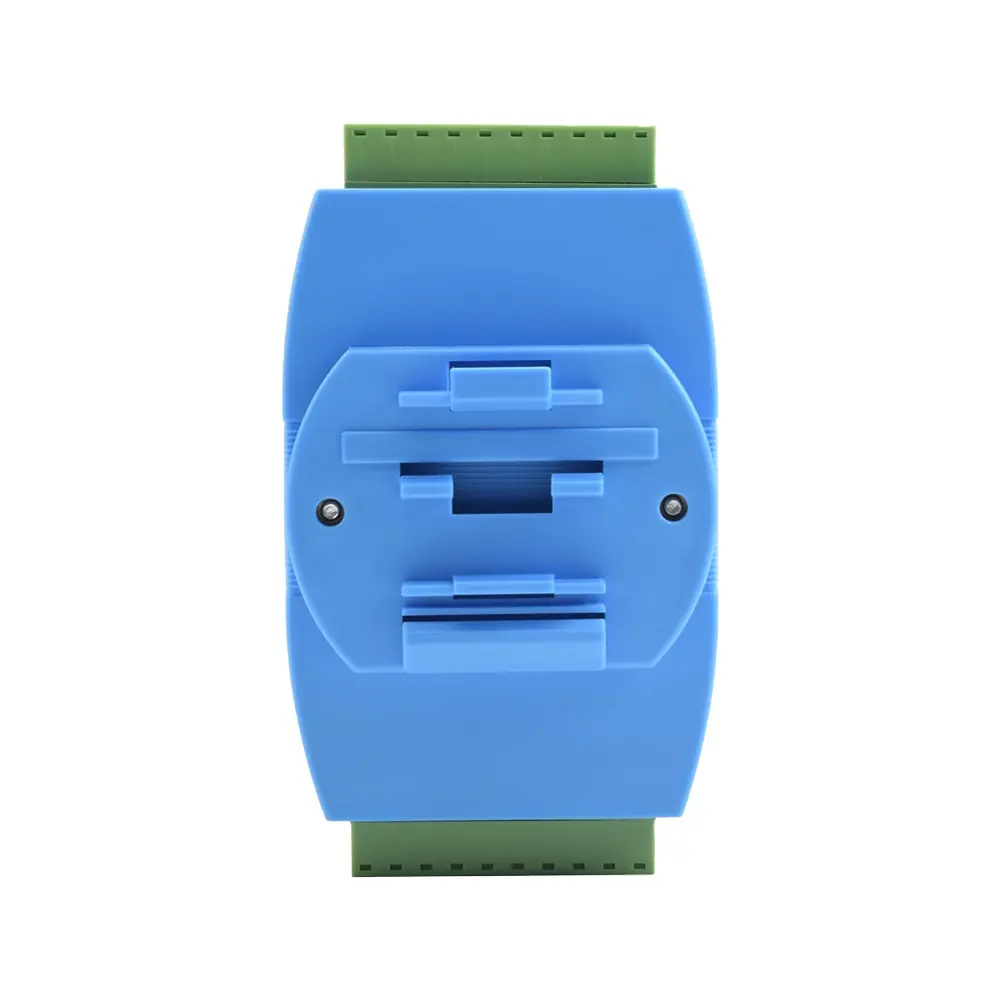Table of Contents
Proper Cleaning Techniques for Maintaining Conductivity Meters
Conductivity meters are essential tools used in various industries to measure the electrical conductivity of a solution. Proper maintenance of these meters is crucial to ensure accurate and reliable readings. One of the key aspects of maintaining a conductivity meter is regular cleaning. In this article, we will discuss the importance of cleaning conductivity meters and provide some tips on how to do it effectively.
Cleaning a conductivity meter is important because any buildup of contaminants on the electrodes can interfere with the accuracy of the readings. Over time, dust, dirt, and other particles can accumulate on the electrodes, leading to inaccurate measurements. Regular cleaning helps to remove these contaminants and ensures that the meter continues to provide accurate readings.

When cleaning a conductivity meter, it is important to use the right tools and techniques to avoid damaging the sensitive electrodes. One common method of cleaning conductivity meters is to use a soft Cloth or Sponge dampened with a mild detergent solution. Gently wipe the electrodes with the cloth or sponge, being careful not to apply too much pressure. Avoid using abrasive materials or harsh Chemicals, as these can damage the electrodes and affect the performance of the meter.
In addition to regular cleaning, it is also important to calibrate the conductivity meter periodically to ensure accurate readings. Calibration involves adjusting the meter to a known standard solution to verify its accuracy. This should be done at regular intervals, as recommended by the manufacturer, to maintain the reliability of the meter.
Another important aspect of conductivity meter maintenance is proper storage. When not in use, the meter should be stored in a clean, dry place to prevent contamination of the electrodes. It is also a good idea to store the meter in a protective case to prevent damage during transport or storage.
| Model | EC-810 Conductivity/Resistivity Controller |
| Range | 0-200/2000/4000/10000uS/cm |
| 0-20/200mS/cm 0-18.25M\u03a9 | |
| Accuracy | Conductivity:1.5%;\u00a0 Resistivity:2.0%(FS) |
| Temp. Comp. | Automatic temperature compensation based on 25\u2103 |
| Oper. Temp. | Normal 0\uff5e50\u2103; High temp 0\uff5e120\u2103 |
| Sensor | 0.01/0.02/0.1/1.0/10.0cm-1 |
| Display | LCD Screen |
| Current Output | 4-20mA output/2-10V/1-5V |
| Output | High/Low limit dual relay control |
| Power | AC 220V\u00b110% 50/60Hz or AC 110V\u00b110% 50/60Hz or DC24V/0.5A |
| Working Environment | Ambient temperature:0\uff5e50\u2103 |
| Relative humidity\u226485% | |
| Dimensions | 96\u00d796\u00d7100mm(H\u00d7W\u00d7L) |
| Hole Size | 92\u00d792mm(H\u00d7W) |
| Installation Mode | Embedded |
Overall, proper maintenance of a conductivity meter is essential to ensure accurate and reliable readings. Regular cleaning, calibration, and proper storage are key aspects of maintaining the performance of the meter. By following these guidelines and taking care of your conductivity meter, you can ensure that it continues to provide accurate measurements for years to come.
Importance of Regular Calibration for Conductivity Meter Accuracy
Conductivity meters are essential tools used in various industries to measure the electrical conductivity of a solution. They are commonly used in water treatment plants, laboratories, and manufacturing facilities to ensure the quality and consistency of products. To maintain the accuracy of conductivity meters, regular calibration is crucial.
Calibration is the process of adjusting the readings of a meter to match a known standard. Conductivity meters are calibrated using standard solutions with known conductivity values. By comparing the readings of the meter to the values of the standard solutions, any deviations or inaccuracies can be identified and corrected.
Regular calibration of conductivity meters is important for several reasons. Firstly, it ensures the accuracy of the measurements taken by the meter. Over time, factors such as temperature fluctuations, electrode wear, and contamination can affect the performance of the meter, leading to inaccurate readings. By calibrating the meter regularly, these issues can be identified and corrected, ensuring that the measurements taken are reliable and consistent.
Secondly, regular calibration helps to maintain the integrity of the data collected by the meter. In industries where precise measurements are crucial, such as pharmaceutical manufacturing or environmental monitoring, even small inaccuracies in conductivity readings can have significant consequences. By calibrating the meter regularly, the risk of errors in data collection is minimized, ensuring that decisions based on the data are sound and reliable.
Additionally, regular calibration of conductivity meters is important for compliance with industry regulations and standards. Many industries are required to adhere to strict guidelines regarding the accuracy and reliability of measurements taken by equipment such as conductivity meters. Regular calibration helps to demonstrate that the meter is functioning correctly and producing accurate results, ensuring that the organization remains in compliance with regulatory requirements.
To ensure the accuracy of conductivity meter readings, it is recommended to calibrate the meter at regular intervals. The frequency of calibration will depend on factors such as the usage of the meter, the environment in which it is used, and the requirements of industry regulations. In general, conductivity meters should be calibrated at least once a year, but more frequent calibration may be necessary in certain situations.
When calibrating a conductivity meter, it is important to use high-quality standard solutions with known conductivity values. These solutions should be stored properly and replaced regularly to ensure their accuracy. Additionally, it is important to follow the manufacturer’s instructions for calibration procedures to ensure that the process is carried out correctly.
In conclusion, regular calibration of conductivity meters is essential for maintaining the accuracy and reliability of measurements taken by the meter. By calibrating the meter at regular intervals, issues such as electrode wear, contamination, and temperature fluctuations can be identified and corrected, ensuring that the data collected is accurate and reliable. Compliance with industry regulations and standards also requires regular calibration of conductivity meters. By following best practices for calibration and using high-quality standard solutions, the accuracy of conductivity meter readings can be maintained, ensuring the integrity of the data collected and the quality of products and processes in various industries.

